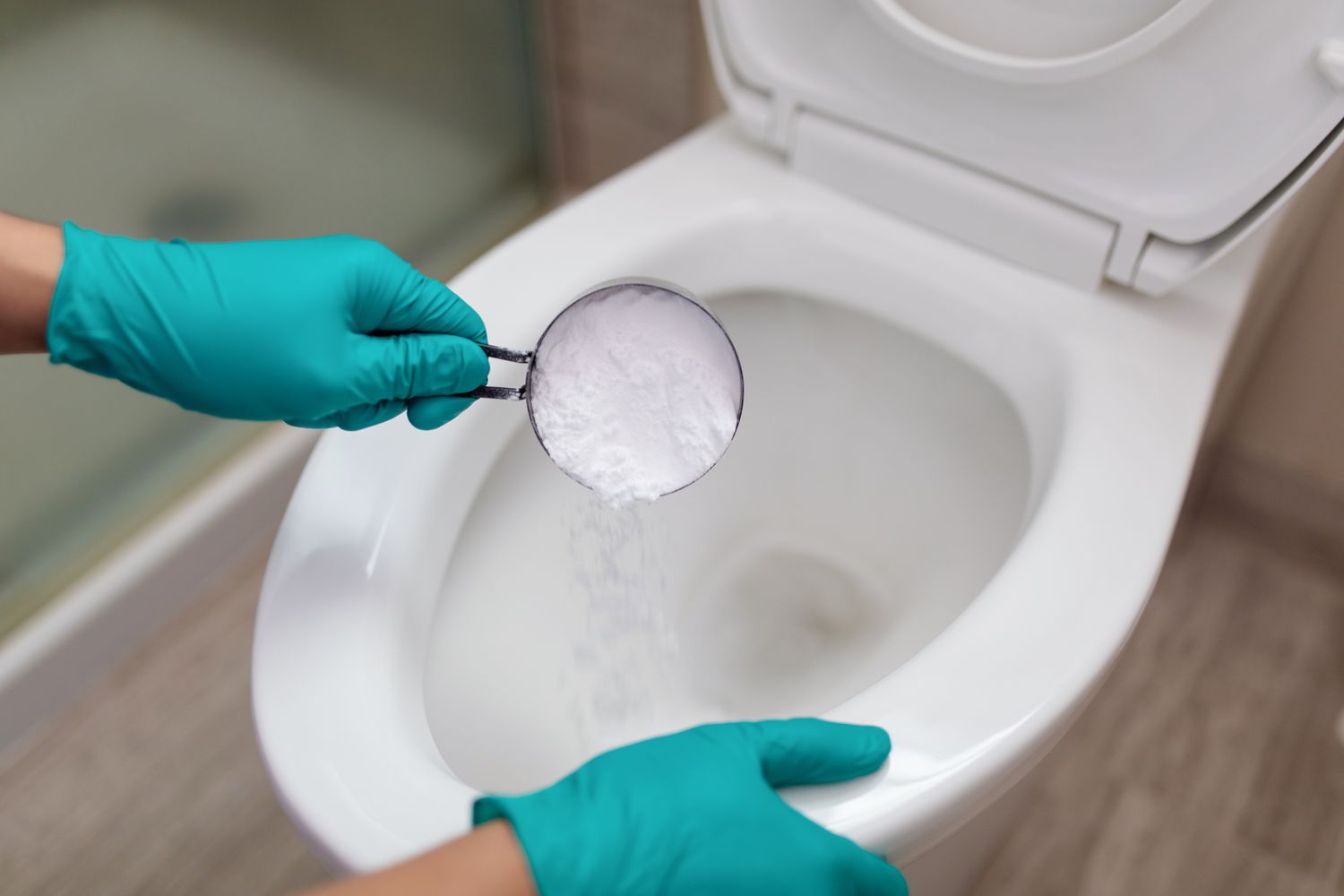Few household emergencies are as stressful as an overflowing toilet. When faced with this situation, it’s crucial to act quickly to prevent water damage. This comprehensive guide will walk you through the steps and methods for unclogging a toilet without a plunger when it’s overflowing, providing you with practical solutions to tackle this unpleasant situation.
- Safety Precautions
- Identifying the Cause
- Turning Off the Water Supply
- Gathering Supplies
- The Hot Water Method
- Baking Soda and Vinegar Solution
- The Wire Coat Hanger Technique
- Enzyme-Based Drain Cleaners
- Checking for Success
- Cleaning and Sanitizing
- Preventive Measures
- When to Seek Professional Help
- Conclusion
- FAQs
Safety Precautions
Before diving into the unclogging process, it’s essential to take safety precautions:
- Protect yourself by wearing rubber gloves.
- Ensure the bathroom floor is dry to prevent slipping.
- Identify and turn off the toilet’s water supply valve to stop further overflow.
Identifying the Cause
Understanding the cause of the toilet clog is essential for choosing the right method:
- Determine whether it’s a minor clog or a more severe blockage.
- Listen for gurgling sounds or other signs that indicate the source of the problem.
Turning Off the Water Supply
Locate the water supply valve near the base of the toilet and turn it clockwise to shut off the water flow. This step is crucial to prevent additional water from overflowing.
Gathering Supplies
Before you begin, gather the necessary supplies:
- A bucket or large container.
- A pot or kettle for boiling water.
- Baking soda and vinegar.
- A wire coat hanger.
- Enzyme-based drain cleaner (optional).
The Hot Water Method
Follow these steps to use hot water to break down the clog:
- Boil a pot or kettle of water and let it cool slightly.
- Carefully pour the hot water into the toilet bowl from waist height.
- Wait for several minutes to allow the hot water to soften and dislodge the clog.
- Repeat the process if necessary.
Baking Soda and Vinegar Solution
Create a baking soda and vinegar mixture to dissolve the clog:
- Pour one cup of baking soda into the toilet bowl.
- Add two cups of vinegar and let the mixture sit for at least 30 minutes.
- The chemical reaction will help break down the blockage.
- Flush the toilet to check if the clog is gone.
The Wire Coat Hanger Technique
Use a wire coat hanger to dislodge the clog:
- Straighten the hanger and create a small hook at one end.
- Insert the hooked end carefully into the drain hole.
- Gently maneuver the hanger to break apart the clog.
- Flush the toilet to see if the water drains.
Enzyme-Based Drain Cleaners
Consider using enzyme-based drain cleaning products:
- Follow the product instructions to apply the cleaner to the toilet bowl.
- Enzymes break down organic matter causing the clog.
- Wait for the recommended time before flushing.
Checking for Success
After attempting one or more methods, check if the clog is resolved:
- Observe if the water is draining properly without overflowing.
- Listen for any unusual sounds that might indicate a remaining blockage.
Cleaning and Sanitizing
After successfully unclogging the toilet, it’s essential to clean and sanitize the area:
- Use a toilet brush and bathroom cleaner to clean the bowl.
- Wipe down any surfaces that may have been splashed during the process.
Preventive Measures
To avoid future toilet clogs, consider these preventive measures:
- Dispose of toilet paper and waste appropriately.
- Educate household members about proper toilet usage.
- Schedule regular maintenance to prevent buildup.
When to Seek Professional Help
In some cases, it’s best to call a professional plumber:
- If the clog persists despite your efforts.
- When there are signs of a more significant plumbing issue.
Conclusion
Dealing with an overflowing toilet and a stubborn clog can be challenging, but with the methods outlined in this guide, you can resolve the issue and prevent water damage. Acting quickly and using the right techniques will help you regain control of your bathroom.
FAQs
Q: Can I use a plunger if the toilet is overflowing?
A: It’s best to avoid using a plunger when the toilet is overflowing, as it may exacerbate the issue. Try other methods first.
Q: What should I do if none of the methods work?
A: If the clog persists despite your efforts, or if there are signs of a more significant plumbing issue, it’s time to call a professional plumber for assistance.
Q: How can I prevent future toilet clogs?
A: To prevent future clogs, dispose of toilet paper and waste properly, educate household members about proper toilet usage, and schedule regular maintenance to prevent buildup.

A group of home improvement enthusiasts and bathroom design experts, combines in-depth knowledge and a shared passion to deliver engaging, informative content that guides readers through the world of bathroom innovation and style.

Leave a Reply